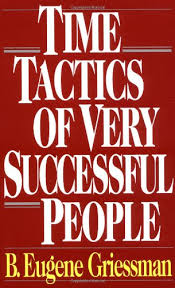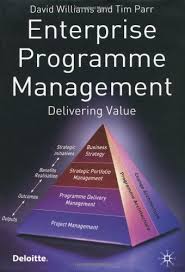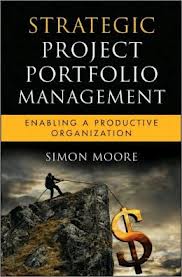
Premise:
"IT Portfolio Management Step-by-Step" is a must-have for portfolio management practitioners. The book is grouped into four parts: an overview and background of what’s included in the material, the foundational elements of portfolio management, building a step-by-step plan and implementation guide, and PPM best practices. In the pages of this book, you will find information on the best practice approach for aligning, rationalizing, prioritizing, selecting, optimizing, tracking, monitoring and managing your organization's IT portfolio investments. The book also covers the three primary areas of IT portfolio management which are the development of processes and frameworks, the implications of tools for data collection, costs, risks, benefits, requirement analysis, and business drivers alignment. You will also discover information on corporate investments and a common taxonomy and governance approach for communicating principles, policies, and guidelines to enable a consistent cadence for your portfolio process.
What I learned:
The need for IT Portfolio Management can be understood against the backdrop of the following statistics:
- 84% of companies do not use a business case for their IT project investments
- 83% of companies only adjust their budgets once or twice a year
- 67% of IT organizations are not able to adjust to market trends when needed
- 57% of companies believe they have a balanced IT budget






